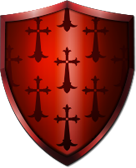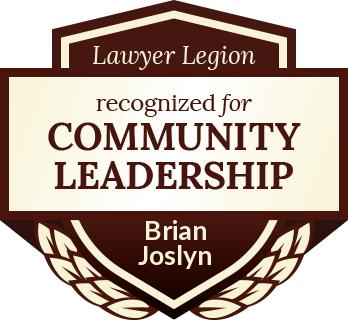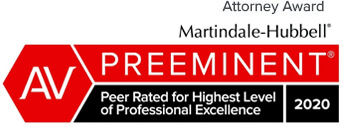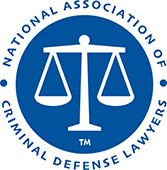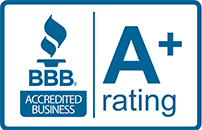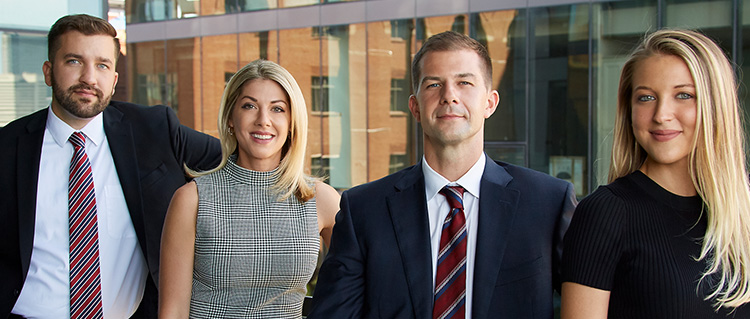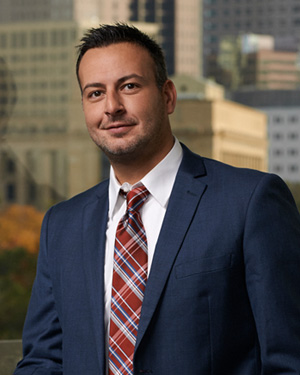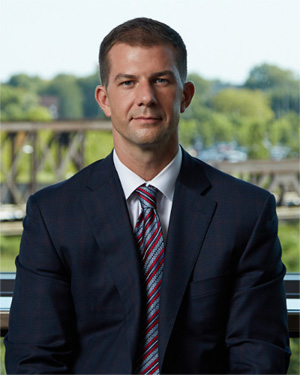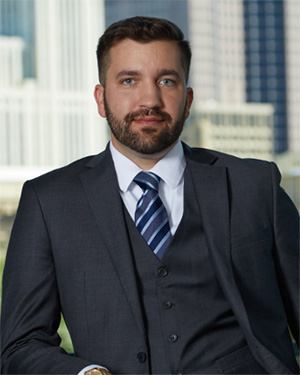
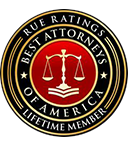
Failing to Stop after Property Damage
The crime of failing to stop after an accident when charged under Ohio’s Revised Code 4549.03 imposes strict liability. This means that the prosecutor is not necessarily required to prove any specific culpable mental state. In other words, to prove the crime of failing to stop after a crash involving property damage does not require intent.
The failure to notify the appropriate law enforcement agency of the property damage within twenty-four hours of the accident is an element of this offense. For this reason, a complaint of violating R.C. 4549.03 can not be brought within twenty-four hours of the accident.
The damage required in an accident does not necessarily need to be significant or of any monetary value. Although R.C. 4509.01 provides a statutory definition of “accident” and “motor vehicle accident,” this definition is limited to violation of R.C. Chapter 4509.
Attorney for Failing to Stop after Property Damage in Cincinnati, OH
If you were charged with stopping after AN accident involving damage to realty or personal property attached to real property under Revised Code R.C. 4549.03, then contact an experienced criminal defense attorney at Joslyn Law Firm in Cincinnati, OH.
Brian Joslyn represents clients charged with hit and run in Hamilton County, the third-most populous county in Ohio, as well as the surrounding counties of Butler County to the north, Warren County to the northeast, and Clermont County to the east.
Contact us for a free consultation to discuss the charges pending against you, ways to avoid the typical penalties, and the best defenses to fight the charges.
Call (513) 399-6289 today.
Elements of Failure to Stop After a Traffic Accident in Cincinnati, OH
In order to prove the offense of failing to stop after an accident, the prosecutor must prove the following elements of the offense beyond all reasonable doubt:
- the defendant was the driver of a vehicle involved in an accident;
- the accident resulted in damage to either:
- real property; or
- personal property attached to real property;
- the property was legally upon or adjacent to a public road or highway;
- the defendant failed to immediately stop and take reasonable steps to:
- locate and notify the owner or person in charge of the damaged property of the accident,
- the defendant’s name and address and the registration number of the vehicle the defendant was driving, and
- failed to exhibit the defendant’s driver’s license or commercial driver’s license upon request and if available; and
- after a reasonable search was unable to locate the owner or person in charge of the damaged property, and the defendant did not within twenty-four hours after the accident:
- forward his/her name and address;
- the registration number of the vehicle the defendant was driving;
- the location of the accident;
- a description of the known damages; and
- to the city or village police department or county sheriff’s department in the jurisdiction in which the accident or collision occurred.
Definitions in Ohio’s Hit and Run with Property Damage Statute
The statutory scheme for hit and run after property damage defines several terms used in the statute. The term “drive” is defined to mean to cause or have caused movement of a motor vehicle or being in control of a motor vehicle while it is in motion.
“Accident” means any situation when a driver operates his/her vehicle resulting in damage to property. An accident does not require contact between the defendant’s vehicle and the property that was damaged which is often called the “phantom hit and run.”
“Immediately” means at once and without delay. “Result” means something that arises as a direct or indirect consequence. “Result” of an accident is not the same as “caused.” “Damage” includes physical harm to property and means any tangible damage to property that, to any degree, results in loss of its value or interferes with its use or enjoyment. Physical harm to property does not include wear and tear occasioned by normal use.
“Adjacent” means lying near or close to and implies that the two objects are not widely separated although they may not actually touch. “Public road or highway” includes all public thoroughfares, bridges, and culverts. If you find that an accident occurred, you must also decide whether the damaged property was legally upon or adjacent to a public road or highway.
Jury Instructions for the Failure to Stop After an Accident
The standard jury instructions for crimes in Ohio were developed by the Ohio Judicial Conference for motor vehicle crimes including the failure to stop after an accident involving the property of others in violation of R.C. 4549.03 for all offenses committed on and after January 1, 2014. The standard jury instructions for hit and run can be found at 2 CR Ohio Jury Instructions 749.03 and were last revised on February 25, 2012.
Attorneys for Hit and Run with Property Damage in Hamilton County, OH
Brian Joslyn represents clients charged with a variety of crimes that occur in a motor vehicle including leaving the scene of a crash throughout Cincinnati and Hamilton County. If your motor vehicle accident occurred in the largest enclaves within Cincinnati’s city limits include Norwood, Elmwood Place, and Saint Bernard, then call Joslyn Law Firm to discuss your case.
Brian Joslyn also fights hit and run cases after a car accident in the nearby cities of Blue Ash, Cheviot, Deer Park, Forest Park, Harrison, Village of Indian Hill, Madeira, Montgomery, Mount Healthy, North College Hill, Norwood, Reading, Silverton, Springdale, St. Bernard and Wyoming, Ohio.
This article was last updated on Tuesday, March 14, 2017.








